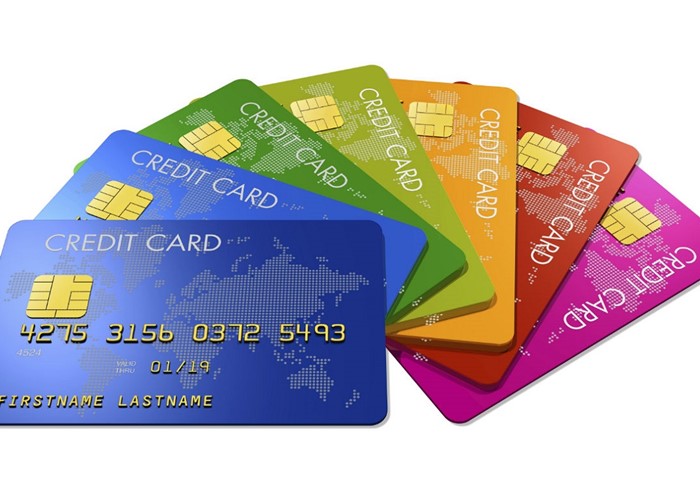The top low-rate credit card

Low rate credit cards can be a fantastic financial tool.
At lovemoney.com, we often recommend 0% balance transfer cards to people who are trying to reduce their credit card debt. And there’s no doubt, they’re great cards. But for some folk, there’s a better option – a low APR credit card.
What’s a low APR card?
Currently the average UK credit card charges 19% interest. That’s ridiculously high when the Bank of England’s base rate is only 0.5%.
However, there are some cards where the interest rate is much lower – low APR cards. The best of these cards charge interest of less than 10% a year.
My two favourite low APR cards are the Barclaycard Platinum Simplicity Visa and the Capital One Click card.
The Barclaycard charges just 7.9% interest and is an attractively simple product. If you transfer a debt from another card you’ll pay 7.9% on that debt. And if you use the card for purchases, you’ll be charged 7.9% on your spending. In fact, if you pay off your purchases in full each month, you won’t be charged any interest at all on your purchases.
You can also use the card to earn points with Barclaycard’s Freedom rewards programme.
The Capital One card is second best and charges 9.9% interest.
The problem with 0% cards
I think I can guess what you’re thinking. Why transfer your debt to a card that charges 7.9% when you could transfer the debt to a 0% card?
I’ve got a one-word answer: fees. In reality, 0% balance transfer cards aren’t truly 0% products. When you transfer your debt, you have to pay a fee – normally around 3%.
By contrast, my two favourite low APR cards don’t charge a fee when you transfer your debt.
Still, you might think that a 3% fee is a lot cheaper than a 7.9% interest charge. And sometimes that is true, but it doesn’t always work out that way.
Example one
Let’s imagine you owe £5000 on your credit card and you want to transfer that debt to another card. Once you’ve transferred that debt, you plan to pay off your debt via monthly instalments of £1250.
You’ve narrowed down your choice of card to the Barclaycard Simplicity card or the Bank of Scotland Plus Mastercard. The Bank of Scotland card is a 0% balance transfer card with an 18-month interest-free period. It also charges a 3% fee.
If you went with the Bank of Scotland card, you’d pay a £150 fee and no interest.
However, the Barclaycard is cheaper – you’d pay no fee and only £65 in interest. You don’t pay so much interest because you’ve paid off your debt fairly quickly. Each month, your debt is reduced and so your monthly interest bill falls.
But with the Bank of Scotland card, you’re charged when you make the transfer and it makes no difference how quickly you pay off your debt.
Example two
Let’s imagine now that you take a year to pay off your debt. With the Bank of Scotland, you’ll still pay £150 and you won’t pay any interest. But with Barclaycard, you’d pay £215 in interest.
Here are the results in a table:
Paying off a £5000 debt with two cards
|
Card and monthly repayment |
Total interest charge and/or fee |
|
Barclaycard Simplicity – paying £1250 a month |
£65 |
|
Bank of Scotland Plus Mastercard - £1250 a month |
£150 |
|
Barclaycard - £415 a month |
£215 |
|
Bank of Scotland Plus Mastercard - £415 a month |
£150 |
So if you’re able to pay off your debt quickly, the Barclaycard is the best bet. But if it will take you a year to pay it off, go with the Bank of Scotland card.
Another plus point
A low APR card has another plus point.
With a 0% card, you’ll end up paying a chunky interest rate if you haven’t paid off the debt at the end of the 0% period. So you have to remember to transfer your debt to another card at the appropriate time. With a low APR card, there’s no hassle, you just carry on paying the low interest rate.
What’s more, there’s no guarantee you’ll be able to get another 0% card when your interest-free period expires. Credit card companies only issue 0% cards to people who have a strong track record when it comes to borrowing and paying off their debts. In 18 months’ time, your credit rating might not be good enough anymore.
What’s more, financial and economic pressures might even force credit card companies to withdraw 0% cards from the market.
So if you think you’ll be able to pay off your credit card debt quickly, or you don’t want to worry about getting another 0% card in 18 months or so, a low APR card is the right card for you.
When all is said and done, 7.9% on a credit card is a cracking rate, and the Barclaycard Platinum Simplicity Visa is a very attractive card. It’s my low-rate favourite.
More: The credit card that beats 0% cards | Why your 3% balance transfer fee costs 11%!
Comments
Do you want to comment on this article? You need to be signed in for this feature